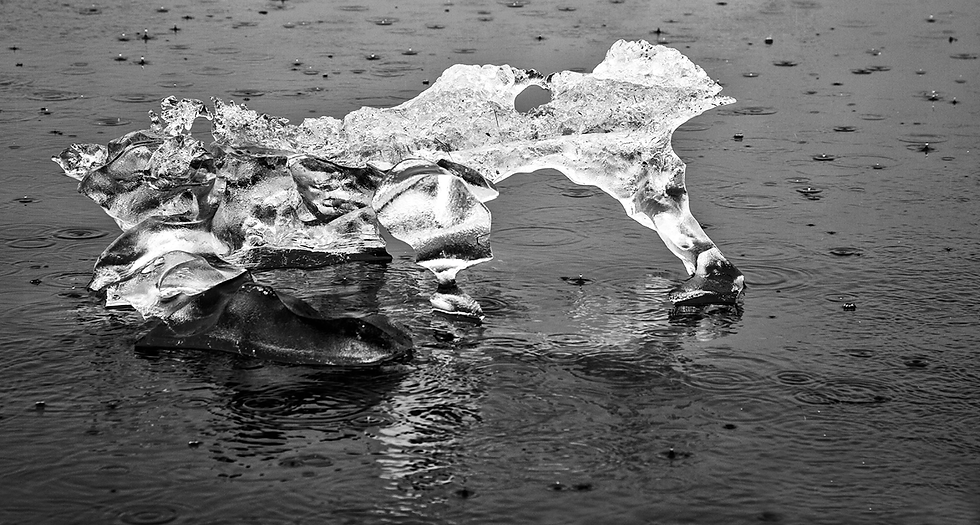Diamond Beach
- Rick Sammon
- Aug 26, 2022
- 2 min read
A silky, dark-sand beach that is often filled with beautiful grounded icebergs – in all sizes and shapes. Some are diamond white in color, and others are azure blue.

Where: About a five-hour drive from Reykjavik, Iceland - opposite the Jökulsárlón Glacier Lagoon.
When: Throughout the year. However, the tide and wind affect the number of icebergs on the beach, as these factors bring icebergs to the area as they flow from the Jökulsárlón Glacier Lagoon into the sea. So, you may see hundreds of icebergs on the beach. . . or you may see very few. Therefore, it's best to plan at least a two-day visit to this area, where you can also explore the Jökulsárlón Glacier Lagoon.

Photography: For maximum photo flexibility, you’ll need waterproof boots, as you will be walking through puddles or standing in the surf to find the most creative compositions.

If you want to travel light, pack a wide-angle lens like the Canon RF15-35mm lens. All of the photographs in this post, except the black-and-white “sea horse” photo (below), were taken with a wide-angle zoom. The "sea horse" photo was taken with my Canon 24-105mm lens set at 105mm while I was standing in the water during a light rain.

For blurred-water shots, you’ll need a tripod and a neutral density filter, like the ND filters offered by Breakthrough Filters.
When setting up your tripod, open the small legs first, so the joints of the small legs don’t get filled with sand. That being said, it’s still a good idea to “shower with your tripod,” with all the legs extended, at the end of the day. It' an effective way to get sand and salt spray off your tripod and out of the joints.

Don’t’ forget a camera cover, as it can rain or snow. Remember this saying about the weather in Iceland: If the you think the weather is bad, wait 10 minutes. . . it will probably get worse.
Also bring a lens cleaning cloth to wipe off salt spry from your filter or front element of your lens.
When photographing moving water, look for and try to capture “gesture.” Water caresses the grounded icebergs differently when the tide is going out and when it is coming in. Take multiple exposures at different slow shutter speeds to get the effect you desire. I usually start my exposure sequence at ¼ of a second.

Compare the photo above to the photo below. It is the exact same scene, but look how the moving water, photographed at a slow shutter speed, adds life and movement to the still photograph.

When there is not a lot of color in the scene, go for black-and-white. And remember: Contrast is king when it comes to black and white photography.

Learn More: Read more about Diamond Beach (and safety concerns) here.


.jpg)



Comentarios